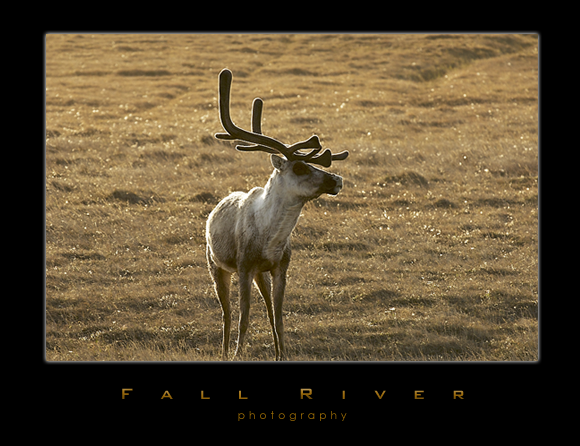Morning On The Flats
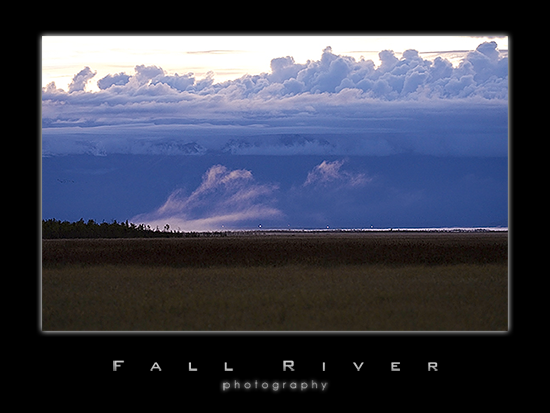
I headed out this morning to the Palmer hay flats to see what I could get in the lens by way of our migratory bird population. I was up early and set up and got to see a magnificent sunrise with the mist hanging off the valley. Birding itself was slow, I could hear the Sandhill Cranes whooping it up just out of sight in the high thrushes and I kept waiting for a lift off. They like to warm up in the sun first. They never did though, I guess they were happy to be where they were. That’s a good thing.
Ice Field
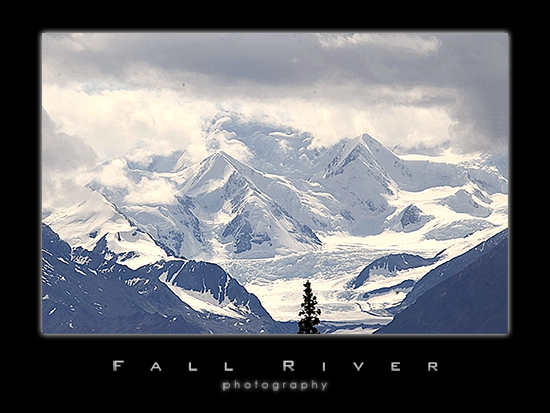
We were coming back from Wrangell-St. Elias on the Glenn Highway and the ice field was actually visible from the highway very clearly. This is pretty unusual and so we had to stop and get some photographs. The scale in Alaska is so enormous that one loses perspective and frequently underestimates size and distances without a reference. Looking at this photo it is hard to grasp how expansive this view is. Come on up and see for your self.
The King Eider
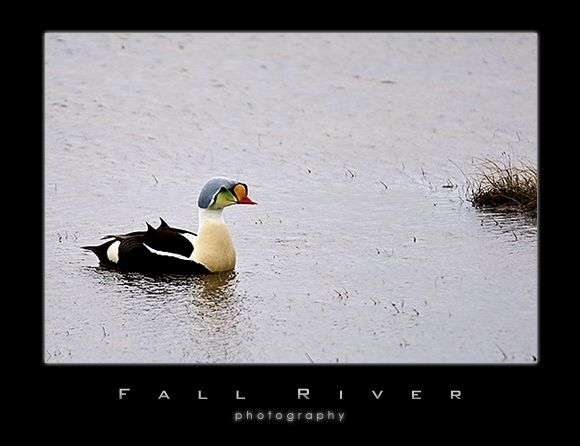
Somateria spectabilis, The King Eider is a large, ornately plumaged duck that spends the predominate portion of its life in the very far north. Its breeding grounds in the Americas are in the Arctic and the North West Territories and it winters mostly no farther south than the Aleutian Islands. In addition it spends the predominate portion of its life out on the remote northern waters and therefore is not easily observable.
The King Eider population migrates very early, sometimes to their own detriment, flying across the tundra in flocks reported at up to 113,000 in one half hour period. Now these birds fly at about 60 km/hr at less than 100 meters off the ground. Imagine yourself on the Arctic tundra with over one hundred thousand birds, flying less than three hundred feet over your head, at forty miles an hour. Wow. And these migrations can fill the sky for hours, ten hours in the case of this particular report.
McLaren Summit
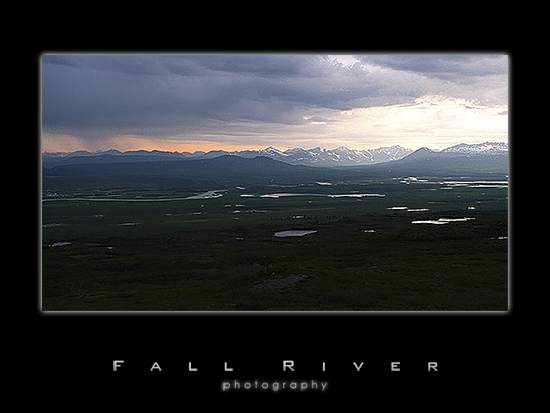
McLaren Summit at 4086 feet is not the highest mountain pass I have ever driven up (short by almost 10 thousand feet) but the view, well it speaks for itself. Only Atigan Pass in Alaska is higher. The valley below McLaren is absolutely beautiful, the lazy Susitna River in the evening light makes a slivery highway running towards the distant Alaska Range peaks. The rain was out on this late evening, but really, it it only served up the drama instead of damping the mood.
Mr. Porky
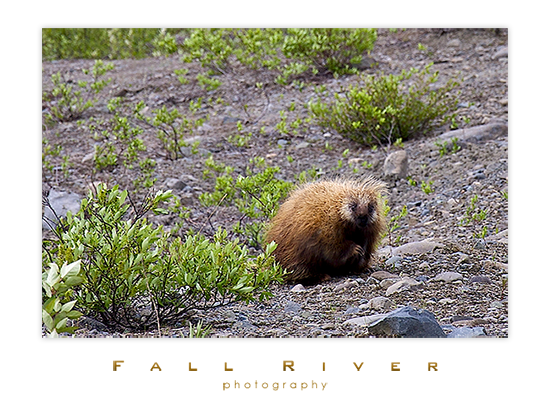
We were cruising down the Denali Highway and came around a corner and this guy was in a fire ring rooting around for leftovers. They are quite endearing actually and you really want to get out and pet them. That would be disastrous of course. They don’t move very fast and they tend to have great facial expressions so they are fun. They pretty much know that they can hurt you far more than you can hurt them (unless you have a gun. See last years Alaska Experiment.) We gave the old boy some room and he waddled on past in no particular hurry. I think no particular hurry is a good way to waddle.
The Chow Line
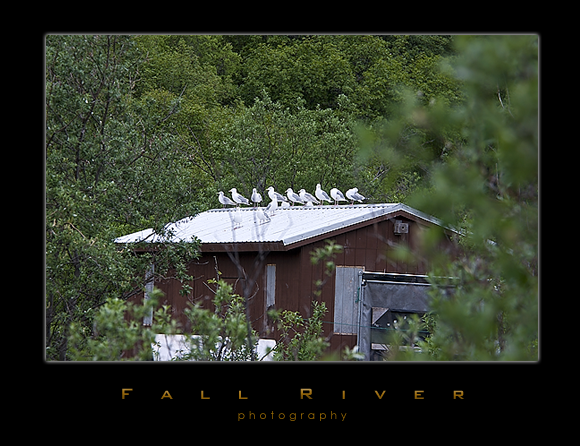
We passed a hatchery along the River on the Richardson highway and the Gulls were out in force. They were gorging themselves on the newly released fry apparently. They would line up on this roof and then swoop down and gobble some hatchlings up and then return to the end of the chow line and roost for a while. I don’t know how much Fish and Game is paying to feed the gulls but I hope they put enough in for the rest of us to catch some. What you see hear is a fraction of the hundred or so that were taking advantage of the free meal.
Hamming It Up
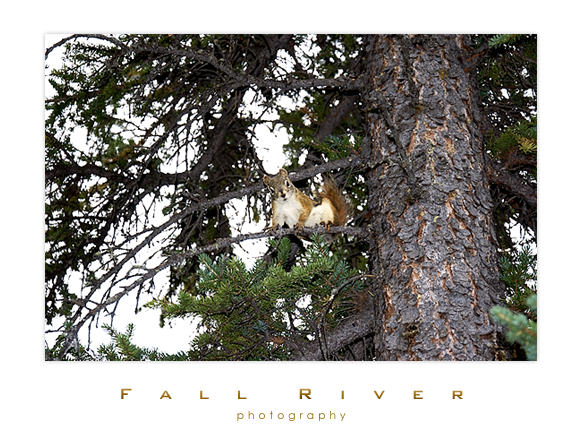
A trip to Wrangell-St. Elias usually serves up Dall Sheep and bears and birds at the very least. Occasionally we will see a moose and some swans and catch some fish too. Well this trip yielded exactly one crazy squirrel. This guy was all over the campsite and extremely busy gathering stuff for the winter and generally terrorizing our dog. (Just one of our dogs Rojo. Hairy is waaaaay to laid back to care about a squirrel unless it jumped in his mouth.) He also just could not resist coming in and checking out the goods to see if we had anything on his winter stash list. So we shot him.
(with the camera of course.)
Reed Lakes Trail
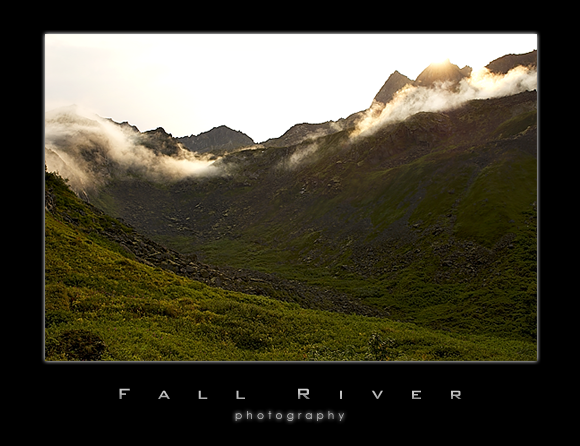
I headed up the Reed Lakes Trail for some scouting and a good training hike and got into some great scenery. The sun was just popping up behind these peaks in the Talkeetna’s and the slow, low clouds were rolling off the hill sides. Great morning hike to the lower lake and then the usual slide out. If you have hiked in Alaska you know what I mean, if not, well let’s just say there is nothing quite like steep, muddy, slickery Alaskan hillsides. Virtually impossible for me to keep the shiny side up but worth it every time nonetheless.
Too Much Skookum
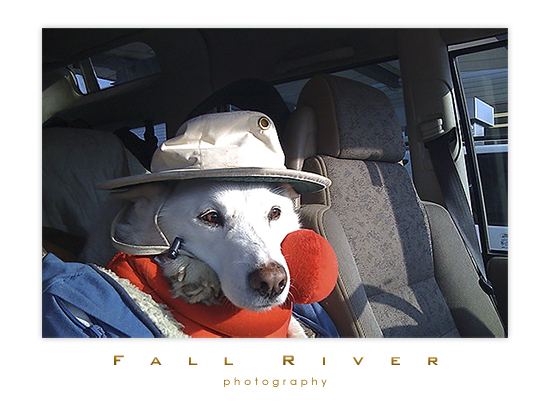
This is what it looks like when you have had too much Skookum. We went up and hiked the Skookum Volcano Trail in Wrangell-St. Elias National Park. The trail starts out from Nabesna Road and goes about 2.5 miles up a creek bed to the pass. I hiked this trail last year scouting for some photos and I knew there were Dall sheep up there. Some recon the evening before showed several sheep visible so we decided to head up and the plan was to camp out and photograph landscapes and Dall Sheep. Well, that didn’t work out so good. We decided to take our dogs with us (as usual) and our oldest, Hairy, had a really hard time. This years flooding really brought out the boulders and when it was wet it was slicker than anything I have ever been on. After about 2 hours lifting Hairy over boulders he finally found a sand patch and laid down. He had had enough. It was a beautiful day so we chilled and ate lunch and let Hairy take a nap. Then it was down the trail to do it all over again. He wasn’t too happy about that either and parked himself a couple of times in some soft cool sand. We managed to keep him moving and finally made it out, he finally got what he wanted too….
Silvers & Reds
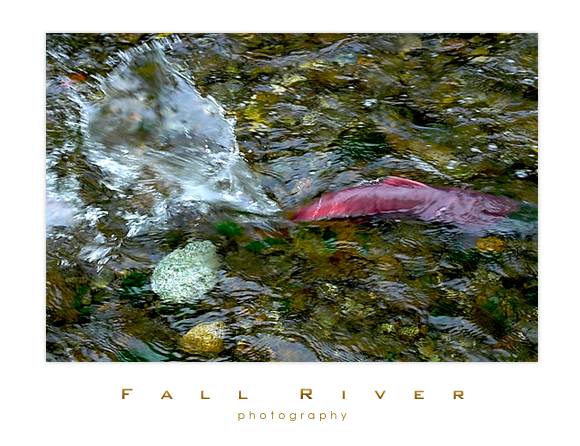
Cottonwood Creek runs by my house here in Alaska and it has all three Salmon runs on it. Well at this time of year the Red Salmon and the Silver Salmon are moving upstream onto their spawning grounds. On their trip up from the Cook Inlet, after dodging the fishing nets, and after dodging the sport anglers, and after dodging the eagles and bears, they have to run this little stretch of water. It’s pretty shallow here so the bigger ones are popping up and out and over things.
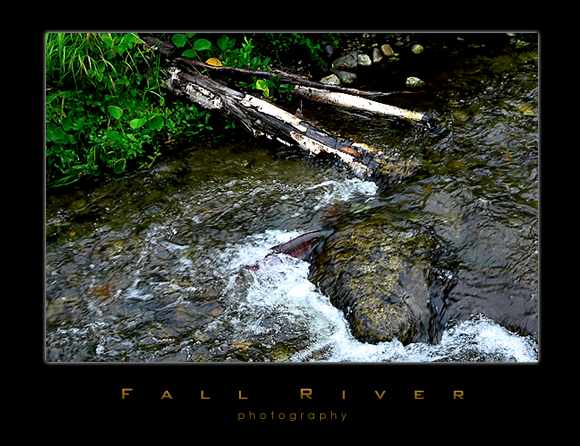
This Red is scooting his way around this rock and then into another pool. From there it is another little step to another pool….and over and over again we go. They do a lot of work to get where they are going. Here’s to hoping this guy makes it all the way and carries on his good name.
Gavia stellata: Red-throated Loon
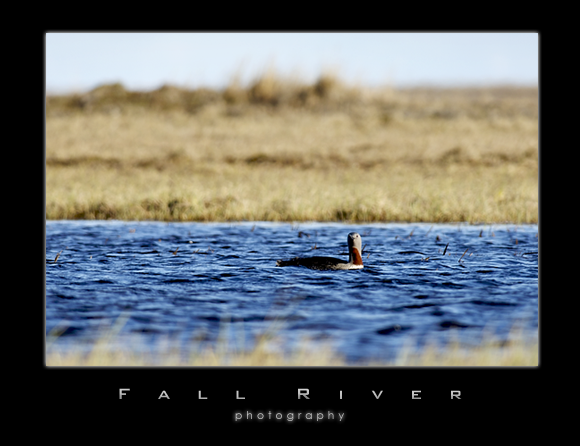
The ponderously beautiful Red-throated Loon is the smallest member of the loon family. It also has some capabilities that are unique to this loon. While the larger loons can require up to a 100 meter running start to get air born the Red-throated loon requires much less and can actually lift off from land. The mating pairs also engage in a unique duet of calls as opposed to a singular territorial yodel of its male cousins. The Red-throated loon of the North American variety primarily breeds in coastal tundra habitat which puts it out of contact with most people so it is a relative unknown. It is an incredibly beautiful loon and a pleasure to watch. This female scooted back and forth across this pond enjoying the late evening Arctic sun and did not seem to mind me too much. I made her a little nervous initially but she quickly got over it. I am glad she did.
